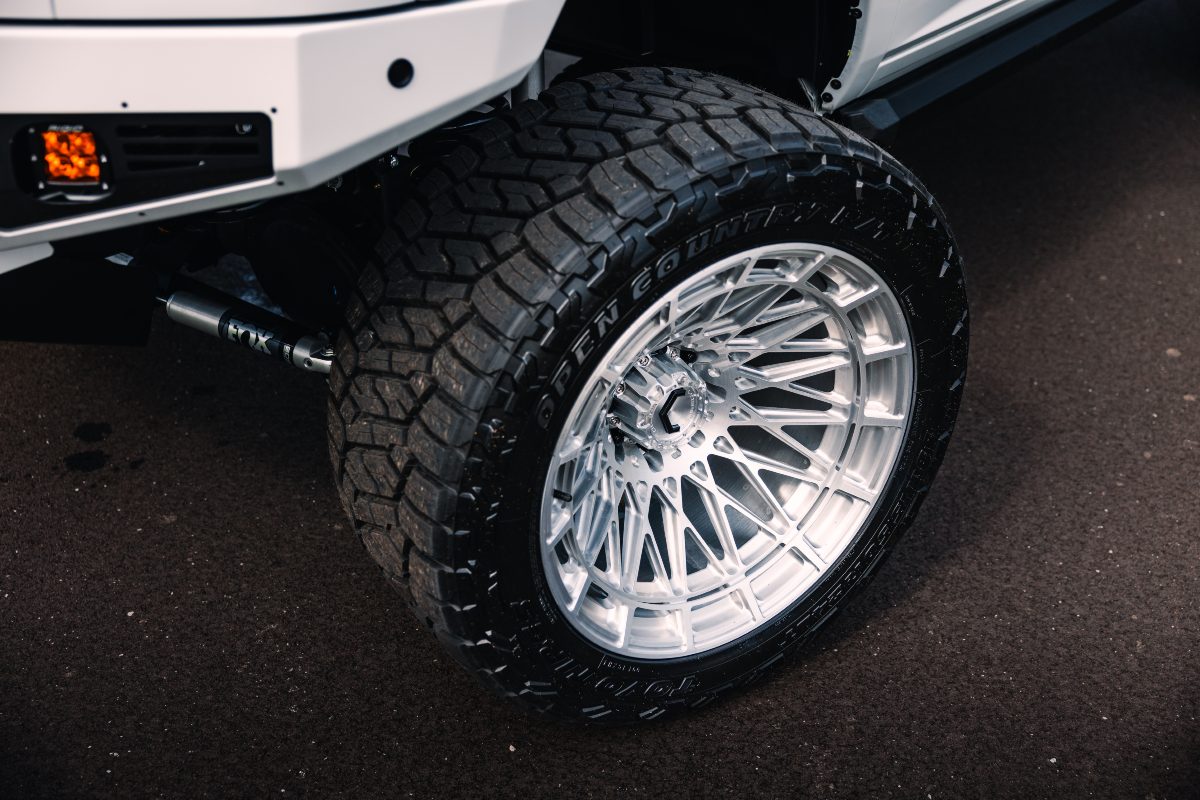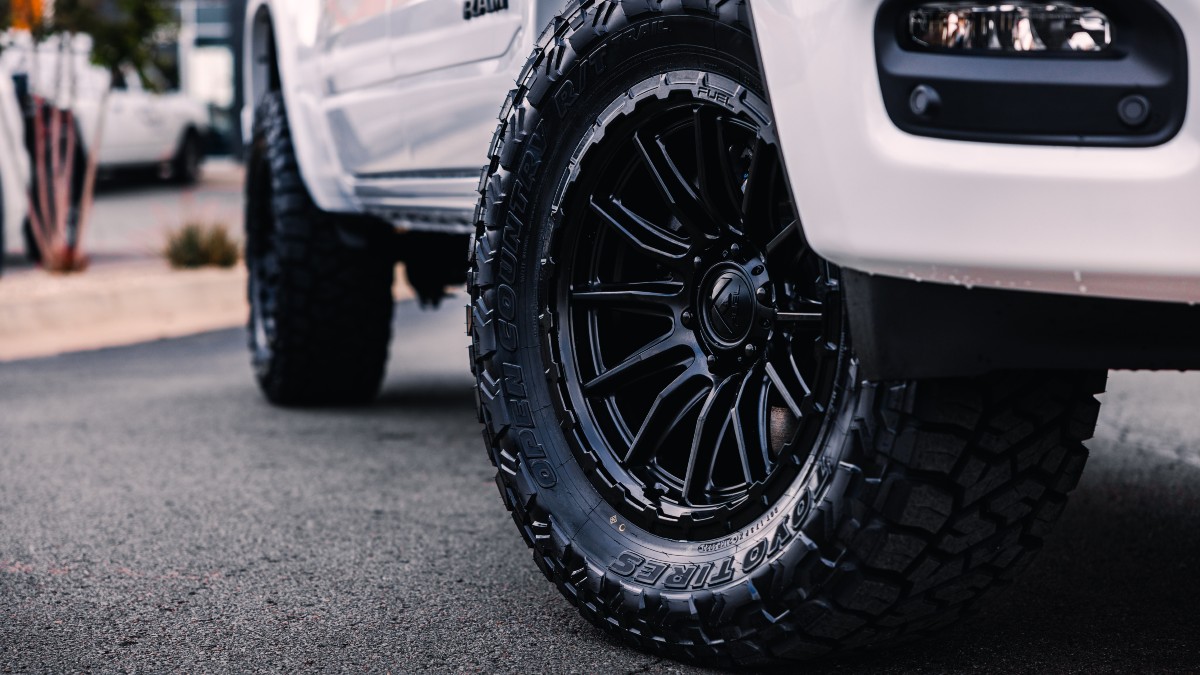In another blog this month we highlighted some different aspects of your vehicle that you need to consider upgrading after you lift your Jeep, but one thing we didn’t mention is regearing. Generally speaking, one of the next most logical steps after upgrading your suspension system is to equip larger tires to accommodate the new ride height. Doing so can transform your vehicle into a true off-road powerhouse, leveraging the improved ground clearance to create a bold, rugged aesthetic ready to hit even more adventurous trails. However, making the leap to bigger tires without adjusting your Jeep’s gear ratio can have unintended consequences on the performance of your lifted Jeep. Today we’re going to help you understand how tire size affects your gear ratio and dive into what happens if you don’t regear after lifting your vehicle.
What happens when you don’t regear?
While installing larger tires on your lifted Jeep will certainly alter and enhance its overall aesthetic, this is not the only effect it has on your vehicle as a whole. Increasing the size of your tires also alters how the drivetrain delivers power. The bigger the tires the more ground they cover per revolution, which is an advantage for the most part, but also effectively changes the final drive ratio of your Jeep. This can lead to a slew of performance issues without properly regearing. The following is a list of just a few of the most common problems drivers face without regearing after installing oversized tires:
- Loss of power
- When a vehicle is equipped with larger tires, they require more effort to turn. This means your engine has to work harder to maintain speed, leading to a significant drop in acceleration, especially while climbing hills or towing heavy loads.
- Reduced fuel efficiency
- Now that the engine is straining to turn those bigger tires, it’s also consuming more fuel. You’re likely to notice a sizable drop in mileage after upgrading tire size if you don’t address the gear ratio.
- Increased wear & tear
- Naturally, increasing the strain on your engine and drivetrain will likely be accompanied by premature wear and tear. This can lead to components such as the transmission taking the brunt of the extra load, ultimately resulting in costly repairs over time.
- Inaccurate speedometer, odometer readings
- Something you probably wouldn’t even notice happening as a result of larger tires is the calibration of both your speedometer and odometer being knocked out of whack. The consequences of this should be obvious, the worst of which being unwarranted speeding tickets thanks to not realizing your actual speed.

Why is regearing the solution?
Now that we know the consequences that accompany equipping your lifted vehicle with larger tires, why exactly is this “regearing” the right solution? First, we should probably explain what regearing is. It’s the process of replacing the ring and pinion gears in your vehicle’s differentials, which in turn adjusts your vehicle’s gear ratio. Simply selecting the right ratio for your new, larger tires can restore the performance of your Jeep to what it’s supposed to be while also preventing all of the previously outlined issues.
Regear Your Jeep at LiftedJeeps.com
Now that you know the ramifications of lifting your Jeep without regearing, it’s time to make sure your vehicle operates as well as it should. It’s important to choose the right gear ratio for your tire size, engine type and driving habits, and we’d be happy to help you choose the right ratio here at LiftedJeeps.com. Just give us a call at the desk so that we can discuss your vehicle and determine the best way to regear your lifted Jeep. We look forward to taking care of you!


